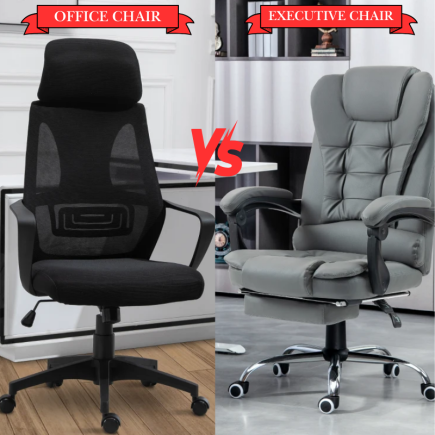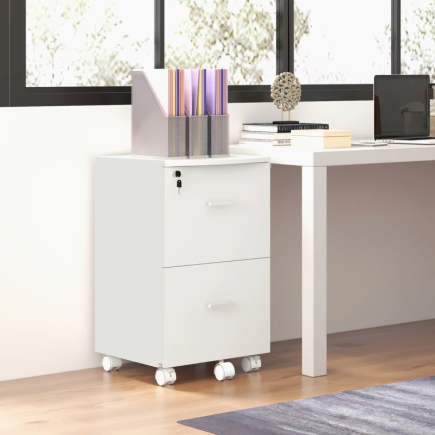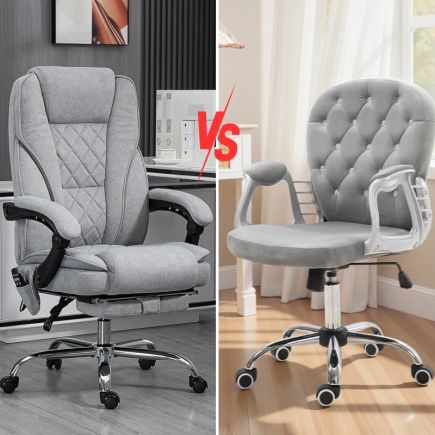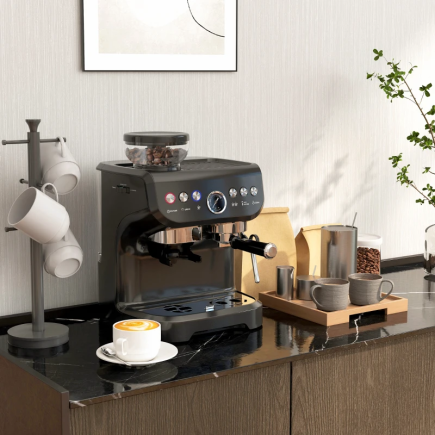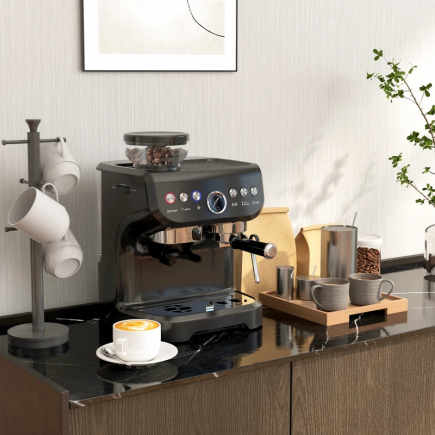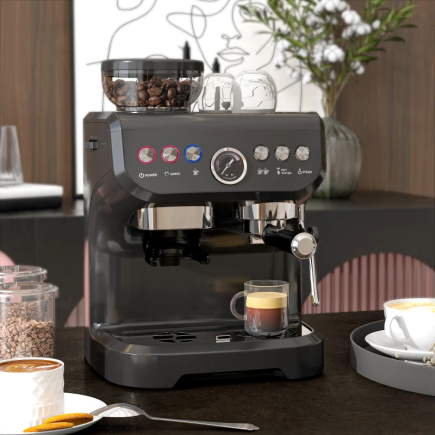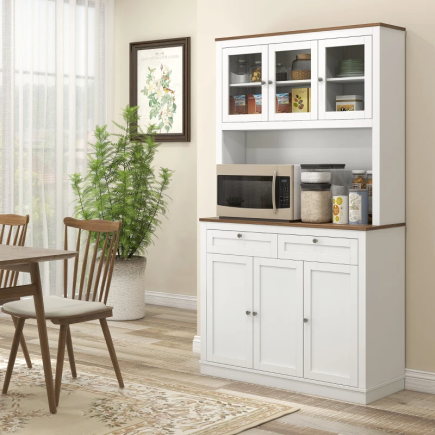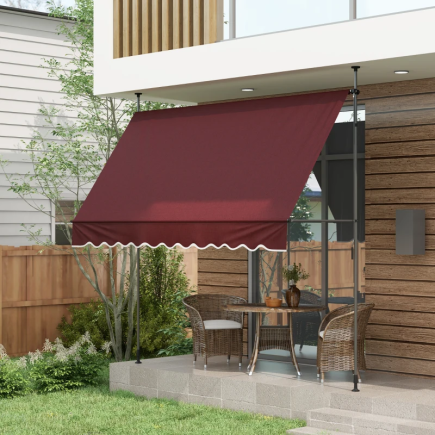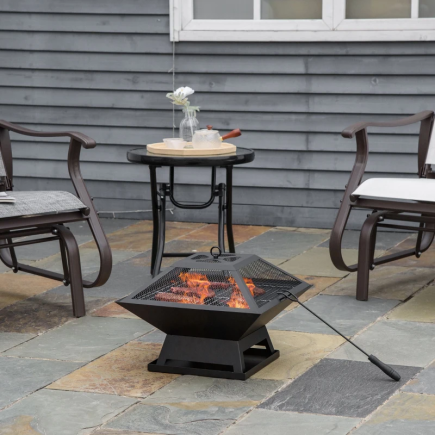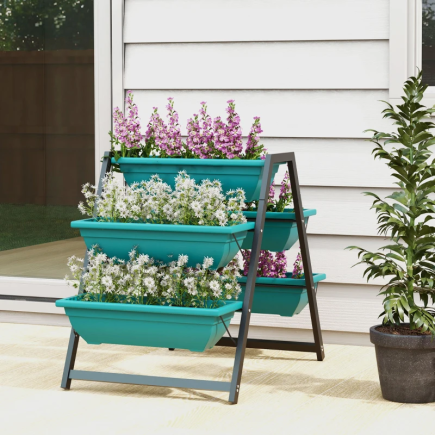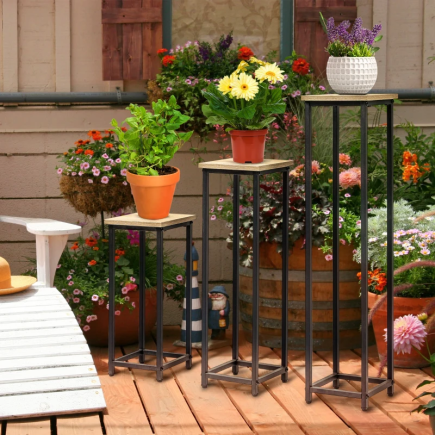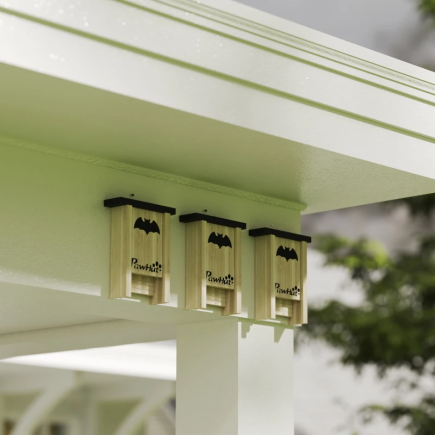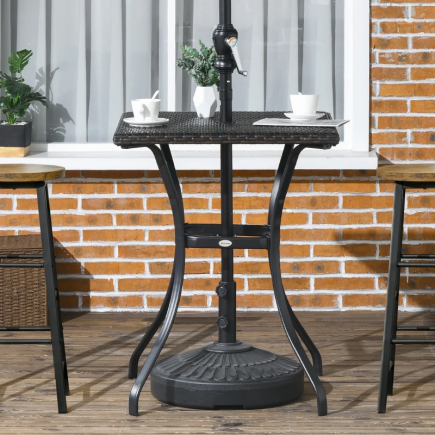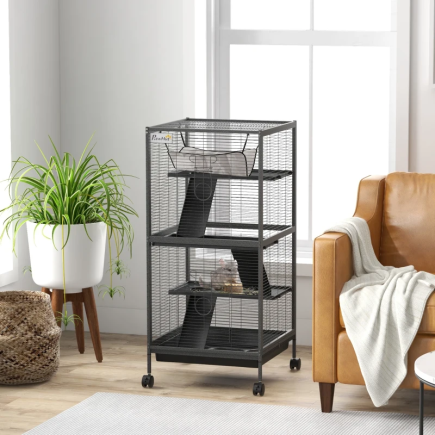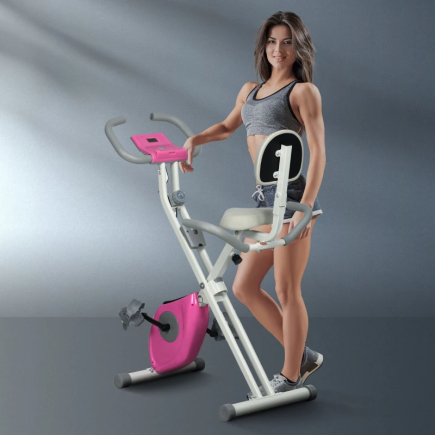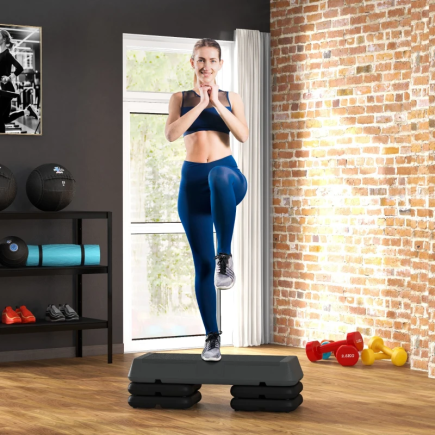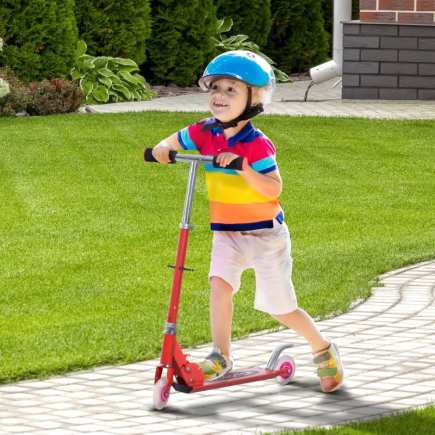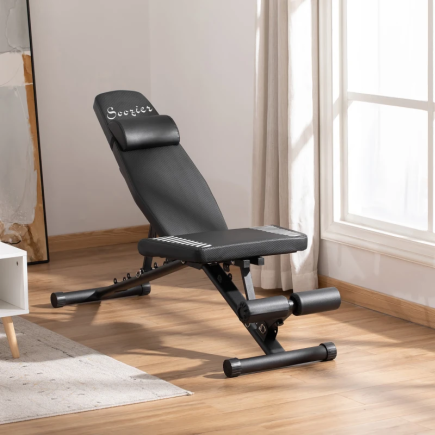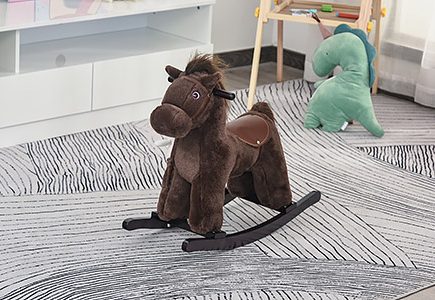
Patio umbrellas are the perfect addition to any outdoor space offering shade, comfort, and a touch of style. However, one thing they aren’t great at? Handling strong winds. An unsecured umbrella can quickly turn from a comfortable retreat to a dangerous hazard, sending your umbrella flying across the yard. Not only can this cause property damage, but it could lead to injuries or expensive repairs.
Step 1: Identify Your Umbrella Type

Before we get into securing your umbrella, it’s crucial to know what type of umbrella you have. Different umbrella types have unique securing needs, so the first step is identifying your umbrella style.
Different umbrella styles offer unique challenges and solutions.
Market Umbrellas
Common and affordable, these umbrellas sit in a base and often pass through the center of a table.
- Best Use: Table setups
- Stabilization Tip: Needs both table support and a heavy base
Cantilever Umbrellas
These are side-supported and adjustable, great for larger open spaces.
- Best Use: Lounging areas or dining spaces without a center table
- Stabilization Tip: Requires very heavy base weight or sandbag supports
Table Umbrellas
Smaller and lightweight, designed to be used exclusively with patio tables.
- Best Use: Smaller patios, balconies
- Stabilization Tip: Still requires a base, even with table support
Step 2: Choose the Right Base for Your Umbrella

The right base is the foundation of your umbrella’s stability. Even the best umbrella won’t stay put without a heavy enough base to anchor it.
Base Types
- Plastic Fillable Bases: These are adjustable, allowing you to fill them with sand or water for extra weight. They’re easy to move and great for lighter umbrellas.
- Steel or Concrete Bases: These heavy-duty bases are ideal for larger or more wind-prone umbrellas. They won’t budge, even in strong winds.
- Granite Bases: Stylish and functional, granite bases are durable and perfect for more upscale patio setups.
Base Size
A general guideline for base weight based on umbrella size:
- 6-7 ft Umbrella: 40-50 lbs
- 7.5-9 ft Umbrella: 50-75 lbs
10-13 ft Umbrella: 75-100 lbs or more
Pro Tip: If your umbrella is on a large patio or exposed to strong winds, always opt for a heavier base. You can’t go wrong with a sturdy, weighty base.
Step 3: Secure the Umbrella Pole
Having a strong base is great, but securing the umbrella pole is a key part of keeping your umbrella safe from wind and other elements. Here’s how to do it:
Use the Pole Locking Mechanisms

- Check for screws or bolts: Most umbrella poles come with a locking system that holds the pole firmly in the base. Look for screws or bolts on the connection point of the pole and base.
- Tighten them well: Make sure you tighten the screws or bolts securely to prevent wobbling. Even a small amount of movement can cause instability, especially during windy conditions.
- Regular checks: Over time, screws may loosen. Give them a check every so often and tighten them if needed to maintain stability.
Step 4: Add Extra Weight for Stability
In windy conditions, extra weight can be a game-changer. Adding weight to the base or umbrella arm can help prevent tipping and make your umbrella more wind-resistant.
Sandbags and Weight Bags
Designed to sit around the umbrella base or cross frame. Easy to install, portable, and often weather-resistant.
DIY Weight Solutions
- Stack bricks around the base
- Place cinder blocks or steel plates
- Use buckets of sand or gravel secured with rope
Tip: Make sure your DIY setup doesn’t block foot traffic or drainage.
Step 5: Use Table Umbrella Holders and Cone Wedges

If you’re using a table umbrella, these additional steps can help secure it further.
Table Holders
Most patio tables come with a hole in the center to hold the umbrella. Ensure that the hole is the right size for your umbrella pole. If the hole is too large, the umbrella will wobble. You can add a cone wedge to fill in any gaps and provide extra stability.
Cone Wedges
These small rubber or plastic wedges fit around the umbrella pole inside the table hole, preventing it from swaying or rattling in the wind.
Pro Tip: Table holders and cone wedges are easy to use and add minimal cost, but they significantly improve the stability of your umbrella.
Step 6: Regular Inspections
A well-maintained umbrella is a safer umbrella. Regular checks can help catch issues before they cause a problem.
Monthly Checks
- Tighten Bolts and Fasteners: Regularly check the screws, bolts, and fasteners to ensure the umbrella is properly secured.
- Inspect for Wear: Look for any wear, rust, or damage to the fabric, ribs, or pole. If any parts are damaged, replace them before the umbrella becomes a hazard.
- Clean the Base: Dirt and debris can accumulate in the base, causing it to become unstable. Clean out the base and ensure the pole fits snugly inside.
Seasonal Maintenance
- Lubricate Moving Parts: Apply silicone spray to joints, hinges, and any moving parts to keep them from rusting and sticking.
- Store Your Umbrella: During the off-season, store your umbrella in a dry, cool place. This helps prevent fabric degradation and keeps the umbrella in good condition.
If you’re looking for a reliable and stylish outdoor umbrella, consider the Outsunny Patio Umbrella, which features a sturdy aluminum frame, six reinforced ribs, and a UV- and water-resistant canopy.
Step 7: Close the Umbrella During Strong Winds

One of the simplest ways to keep your umbrella from blowing away is to close it when the wind picks up.
When to Close Your Umbrella:
- Winds over 30 km/h (18 mph): Close your umbrella immediately. At this speed, even the best-secured umbrellas can be lifted or knocked over.
- Be Proactive: Don’t wait for the wind to get too strong. If you feel gusts coming, close the umbrella as a precaution.
Pro Tip: If you’re not using the umbrella for a while (like during the night or when you’re away), always close it. The fewer opportunities for wind to catch it, the better.
Step 8: Store Your Umbrella When Not in Use
When storms or heavy winds are expected, it’s always best to store your umbrella properly to avoid damage.
During Storms:
- Bring It Inside: If you can, take your umbrella inside or place it flat on the ground. This prevents it from being blown away.
- Remove the Canopy: For cantilever or large umbrellas, consider removing the fabric if you know strong winds are coming.
Off-Season Storage:
- Clean and Dry: Always clean and dry the fabric before storing it. Mildew can form on damp fabric, causing long-term damage.
- Use a Storage Bag or Cover: Use an umbrella cover or storage bag to protect the umbrella from the elements when not in use.
Tip: Proper storage doesn’t just protect your umbrella from wind—it also extends its lifespan and keeps it looking fresh for the next season.
Keep Your Patio Umbrella Safe and Secure

Taking the time to properly secure your patio umbrella is well worth the effort. By choosing the right base, securing the pole, adding extra weight, and performing regular maintenance, you can ensure that your umbrella stays exactly where it should be safe, stable, and ready to provide shade when you need it most. If you’re looking for a variety of options, check out this selection of Patio Umbrellas to find the perfect one for your outdoor space.
A little effort upfront means a lot less stress later. So take these steps, and you’ll have a sturdy, wind-resistant umbrella that’ll keep you cool and comfortable for many seasons to come!
FAQs
Can I use a table umbrella in windy conditions?
Yes, but ensure the table has a properly sized hole and consider adding cone wedges for extra support. Even with table support, use a heavy base to prevent wobbling. Always close the umbrella during strong winds for added safety.
How often should I check the stability of my umbrella?
Check the screws, bolts, and poles regularly at least once a month. Tighten any loose fasteners and inspect the fabric or ribs for wear. Regular maintenance keeps the umbrella secure and functional in all conditions.
What’s the best way to protect my umbrella from storms?
Store your umbrella inside or lay it flat during storms to prevent it from flying away. If you can, remove the fabric for large umbrellas to avoid damage. Use a protective cover when not in use to shield it from the elements.

